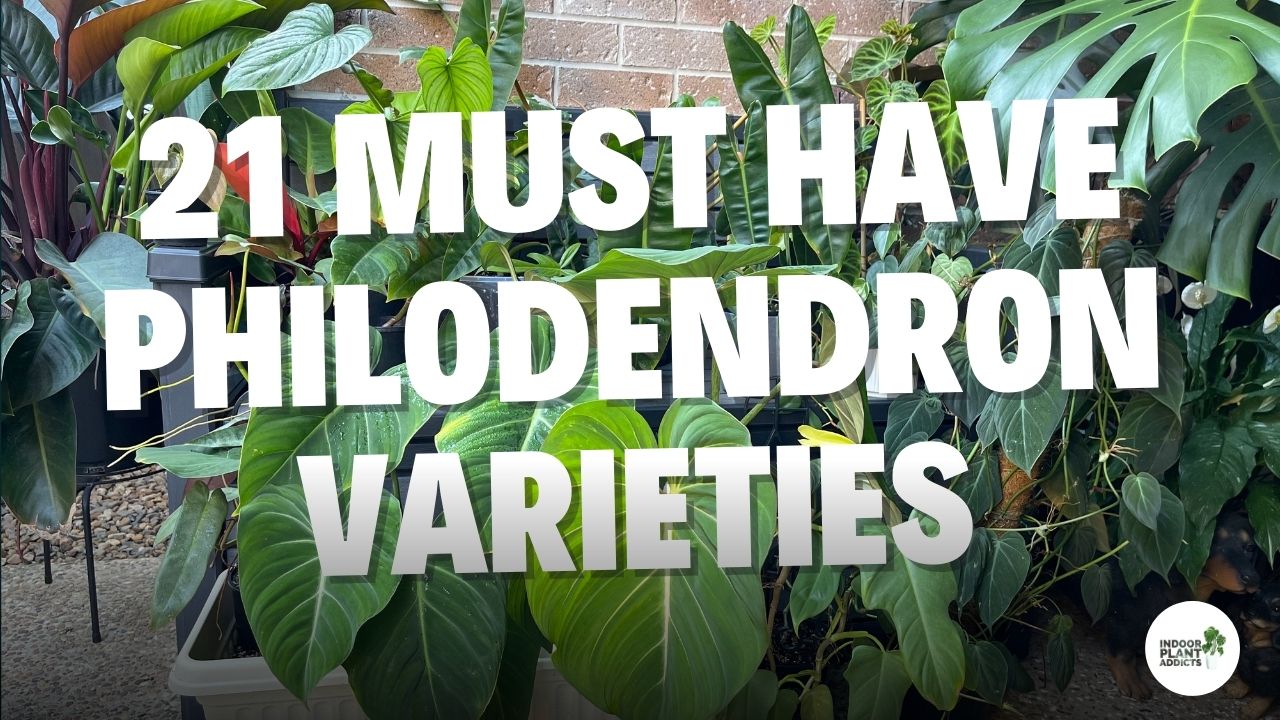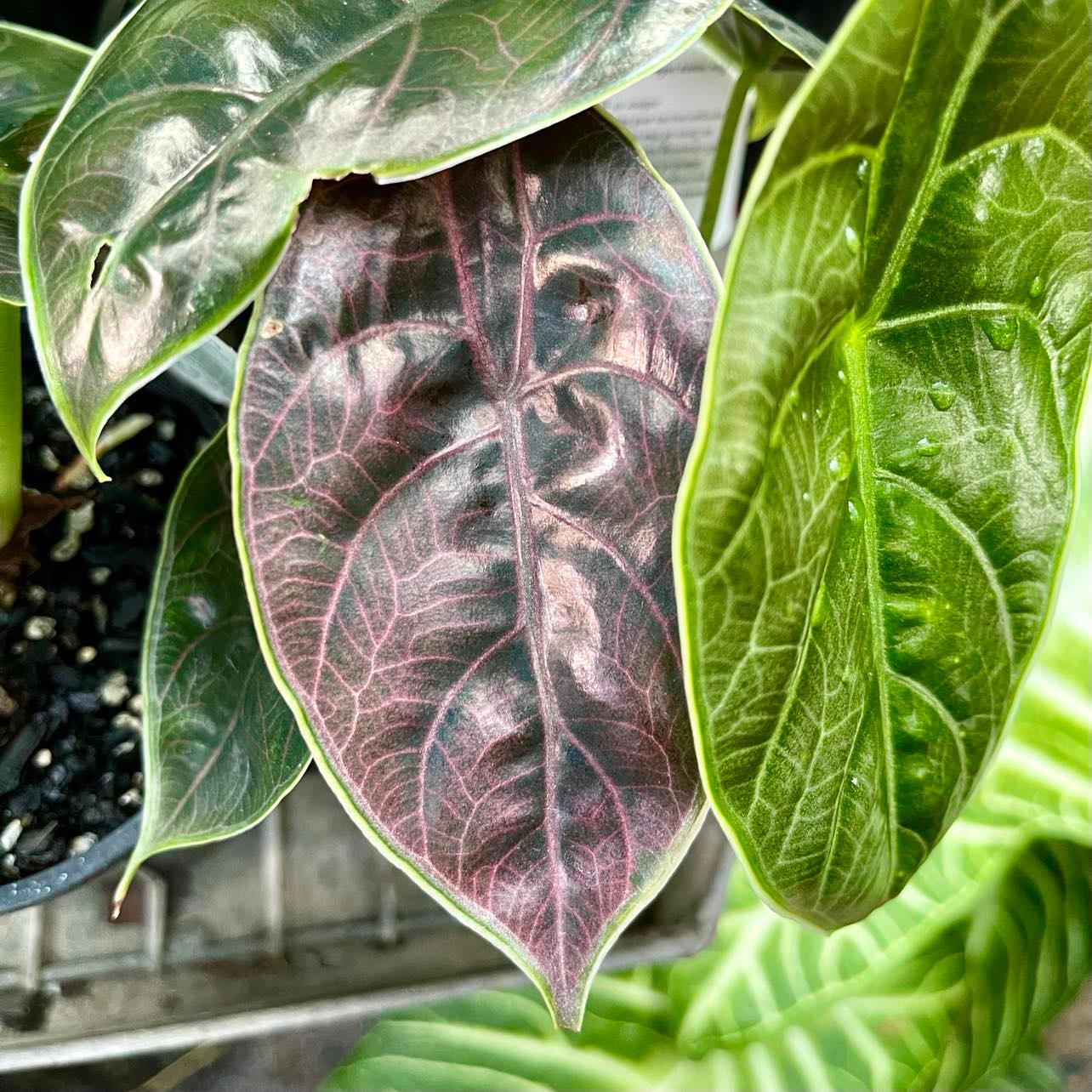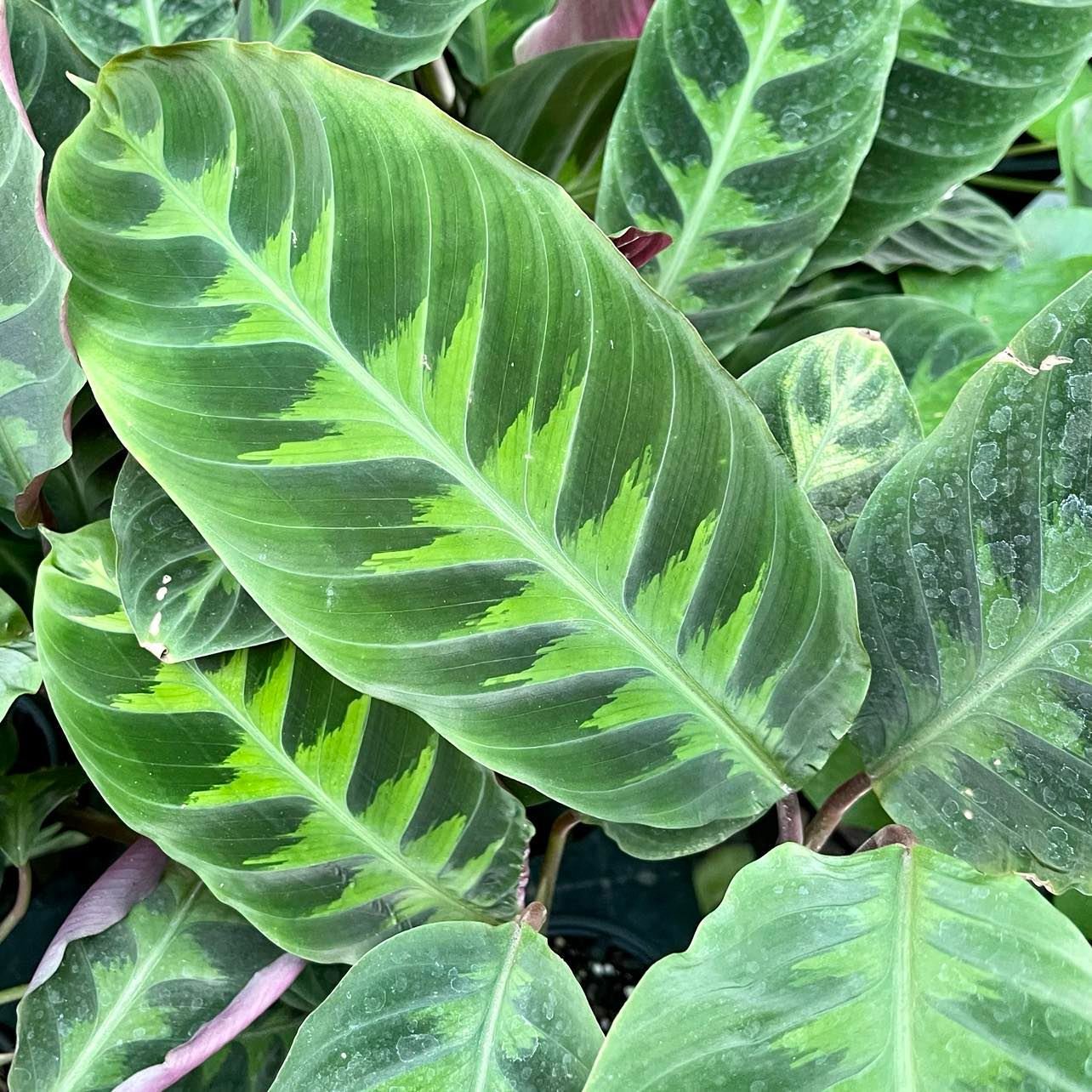As we all know, plants need light in order to photosynthesise and have healthy growth. Sometimes the lighting that is in our homes just isn’t enough for the plants we have. This is where grow lights come in. Grow lights can be used in that low light corner of your home or just as an extra light source. Choosing the correct grow light for the plants you’re growing is important. Therefore, here’s everything you need to know to help you choose which grow light will be best for you and your plants.

What are Grow Lights?
A grow light is an electric light that provides a light spectrum that is somewhat similar to the sun or the needs of the plant that you are growing. As we all know, plants use sunlight to photosynthesise and without it, they struggle to thrive. Most of the time in our homes there’s a spot that is too dark for house plants to thrive in, this is where grow lights come in. There are a few different types of grow lights that you can get but it will depend on the type of plants you are growing.
How do Grow Lights Work?
Most plants use light that is from the red and blue end of the spectrum. Lights that are from the blue end of the spectrum help with foliage and root growth, while lights from the red end of the spectrum are needed for plants that produce flowers and fruit. The best grow lights to use are ones that are designed to provide the full spectrum of light. This is so plants can photosynthesise and thrive with wavelengths of light that is similar to the sun.
There are some house plants that can tolerate those low light conditions while other plants thrive in bright light. Some plants also require more light for longer than others. For example, one plant might only need 8 hours while others need 18 hours of light exposure a day. There are certain plants which will grow better under different wavelengths of light and this can vary through their life cycle.
Benefits of Grow Lights
Unlike natural lighting that changes throughout the seasons, grow lights provide a consistent light source. Stimulating the natural sunlight, plants can continue to photosynthesise and grow new and healthy growth. Especially during the cooler months when they’re not receiving as much natural light and the days are shorter. Most plants tend to have slow growth or go dormant and die off. Using grow lights to recreate the warmer days can help keep them growing happy and healthy all year round.
Types of Grow Lights
There are three main types of grow lights you can use. These are Fluorescent, LED and Incandescent grow lights. You can get grow light kits that include everything you need to successfully run them, however, you can just use any type of lamp or light fixture as long as the bulbs are carefully chosen. Be sure to use the lamps wherever it will benefit your plants the most.
Fluorescent Grow Lights
Fluorescent lights will generally provide the full spectrum of light. These lights tend to be cheaper to purchase than an LED light however, fluorescent lights are more expensive to run. Not only that, the life expectancy isn’t a long as an LED light. These lights can also heat up so you need to be cautious of the distance between the light to the plant to avoid burning any of your plants.
LED Grow Lights
LED lights are low heat and more energy efficient to use than fluorescent lights, however, they are more expensive. Since LED lights come in a variety of different spectrum ranges, you need to look for bulbs that produce both red and blue wavelengths. The best option would be horticultural LED grow lights because these are made to produce the wavelengths that are most utilized by plants.
LED lights are better to use if you have a large quantity of plants as they have a much greater light intensity per square foot than fluorescent lights. Fluorescent lights are better to use if you are only using them for a few plants.
Incandescent Grow Lights
Incandescent lights are generally used in lamps and other fixtures around the house. These lights produce a lot of heat and give off more red wavelengths. Incandescent lights normally aren’t that powerful and don’t provide enough energy for more than a few plants. Since these lights produce a lot of heat, they shouldn’t be placed too close to your plants foliage. You can use incandescent lights in addition to fluorescent lights to balance out the spectrum, especially if you’re wanting to get your plants to bloom.
How Long Should Grow Lights Be On
You should have your grow lights on for at least 8-10 hours a day. However, this depends on the environment and what you’re using the grow lights for. For example; flowering plants, vegetables, propagation or for foliage. For most edible plants, you should have your grow lights on for about 14-18 hours a day. You should never leave grow lights on 24/7 as plants need at least 6 hours of darkness a day and require this for plant health.




